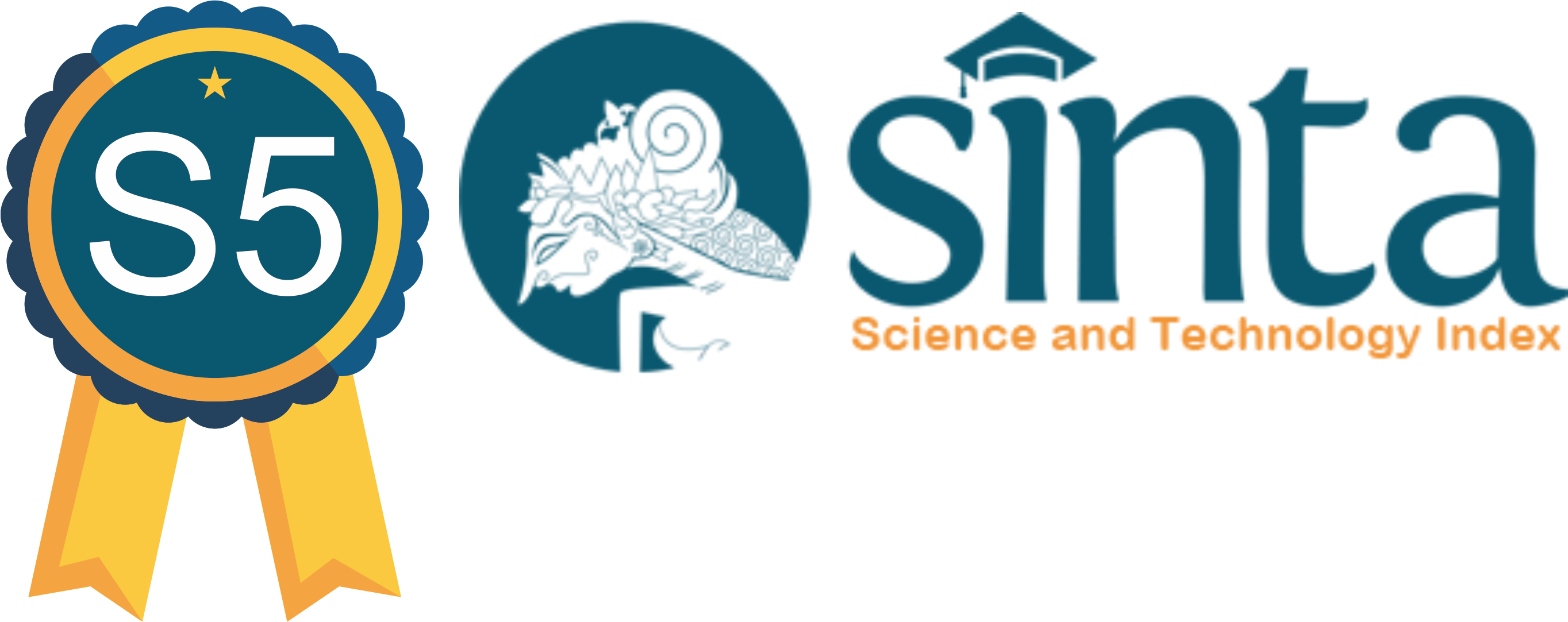Educational Video Media to Increased Knowledge and Attitude of the Elderly about Gout
Abstract
One of the causes of gout is the intake of protein that contains purines that are too high. Efforts that can be made to prevent and minimize the risk of gout in the elderly are health education by selecting and using media that can attract interest and achieve the expected output such as video media. The study was conducted to determine the effect of counseling using video media on increasing knowledge and changing attitudes of the elderly about gout in the working area of the Rukun Lima Health Center, Ende Regency in 2021. The research design used was a pre-experimental method with the method one group pretest posttest design. The study population was all elderly people with gout with the category of secondary gout aged 55-90 years with a total of 75 people. The results showed that there was a significant effect of counseling using video media with increasing knowledge and changing attitudes of the elderly about gout (ρ-value = 0.000). Video media can be used as a choice of health media in health education and promotion efforts for the community.
Downloads
References
Damayanti. (2012). Panduan Lengkap Mencegah dan Mengobati Asam Urat. http://eprints.poltekkesjogja.ac.id/3559/3/Chapter 1.pdf
Lestari, E., Maryanto, S., & Paundrianagari, M. D. (2015). Hubungan Konsumsi Makanan Sumber Purin Dengan Kadar Asam Urat Pada Wanita Usia 45-59 Tahun Di DesaSanggrahan Kecamatan Kranggan Kabupaten Temanggung. Jurnal Gizi Dan Kesehatan. http://ejournalnwu.ac.id/article/view/1435739293
Murni, & Ismaniar. (2019). Kesulitan-Kesulitan Yang Dihadapi Lansia Dalam Mengikuti Program Penyuluhan Kesehatan Pada Kelompok Lansia “Manggis”, Padang. Journal of Family, Adult, and Early Childhood Education, 1(2), 239–244. https://doi.org/10.5281/zenodo.3224379
Nurmayunita, M. (2019). Pengaruh Pendidikan Kesehatan dengan Media Audiovisual terhadap Perilaku Perawatan Hipertensi pada Lansia di dusun Beji Wetan Sendangsari Pajangan Bantul Yogyakarta. Unisa Yogyakarta. http://digilib.unisayogya.ac.id/id/eprint/4613
Penelitian dan Pengembangan Kesehatan Kementerian Kesehatan RI. (2018). Laporan Riskesdas 2018. Journal of Chemical Information and Modeling, 53(9), 181–222. https://doi.org/10.1017/CBO9781107415324.004
Riyana, C. (2007). Pedoman Pengembangan Media Video. Program P3AI Universitas Pendidikan Indonesia.
Saraswati, K. L. (2017). Pengaruh Promosi Kesehatan Terhadap Pengetahuan Tentang Kanker Serviks dan Partisipasi Wanita dalam Deteksi Dini Kanker Serviks (di Mojongsongo RW 22 Surakarta). Pengaruh Promosi Kesehatan Terhadap Pengetahuan Tentang Kanker Serviks Dan Partisipasi Wanita Dalam Deteksi Dini Kanker Serviks, 14, 1–87. https://eprints.uns.ac.id/7820/
Simamora, R. H. (2018). Aplikasi Media Audiovisual Penyuluhan Kesehatan: Dampak Asam Urat Terhadap Kesehatan Di Wilayah Desa Binaan Fakultas Keperawatan Universitas Sumatera Utara Tahun 2018. Jurnal Pendidikan Dan Pemberdayaan Masyarakat, 6(1), 24–3. https://www.researchgate.net/publication/334197936_Penyuluhan_kesehatan_terhadap_masyarakat_Perawatan_penderita_asam_urat_dengan_media_audiovisual
Soetjiningsih. (2014). Tumbuh Kembang Anak. EGC.
Wulan, S., Gurusinga, R., Ginting Munthe, N. B., Lubis, B., & Markus, I. (2021). Penyuluhan Protokol Kesehatan Dengan Media Video Dan Leaflet Terhadap Pengetahuan Dan Sikap Lansia Tentang Pencegahan Covid-19. Jurnal Pengmas Kestra (Jpk), 1(1), 34–37. https://doi.org/10.35451/jpk.v1i1.707
Copyright (c) 2022 Junita Marta Mbadhi, Ribka Limbu; Enjelita M Ndoen

This work is licensed under a Creative Commons Attribution-ShareAlike 4.0 International License.
Journal of Health and Behavioral Science (JHBS) is licensed under a Creative Commons Attribution-ShareAlike 4.0 International License. You are free to copy, transform, or redistribute articles for any lawful purpose in any medium, provided you give appropriate credit to the original author(s) and JHBS, link to the license, indicate if changes were made, and redistribute any derivative work under the same license. Copyright on articles is held by the authors. By submitting to JHBS, authors grant any third party the right to use their article to the extent provided by the Creative Commons Attribution-ShareAlike 4.0 International License.

 Junita Marta Mbadhi(1*)
Junita Marta Mbadhi(1*)








